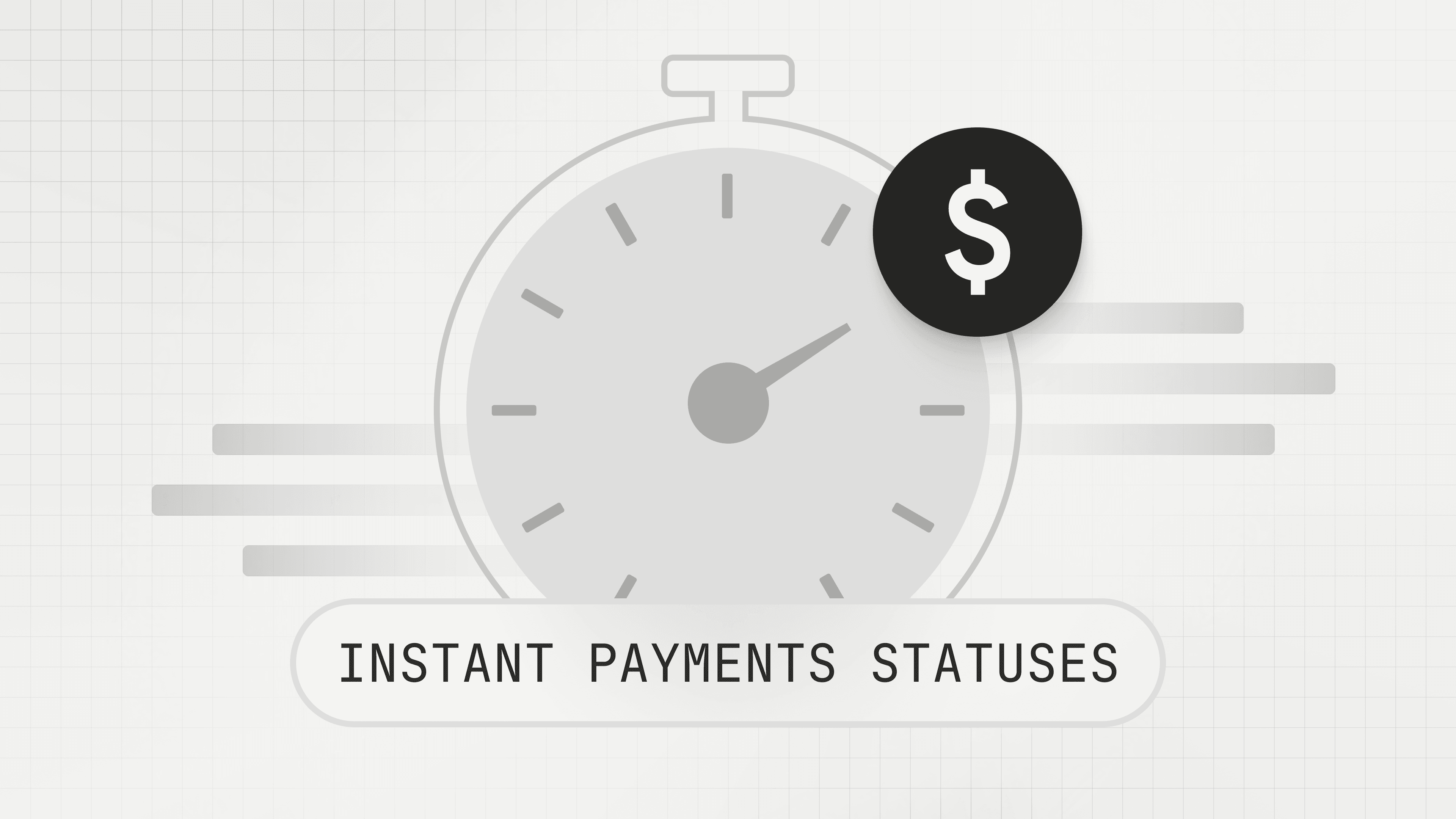Automating Payouts: How to Evaluate Payments Solutions
Businesses that move money eventually need a solution for how to handle payouts for their products and services. In this guide, we’ll describe the key factors to consider when choosing a payments solution for automatic payouts at scale.

Businesses that move money invariably need to figure out how to handle payouts to users of their products and services. Online marketplaces need to pay sellers, bill payment products need to support recurring payments, and digital wallets need to support customer withdrawals to bank accounts.
At Modern Treasury, we’ve helped customers build payouts to support multiple use cases across different industries. For example, Pipe allows recurring revenue businesses to raise capital against future revenues and withdraw those funds to their bank accounts. Outdoorsy uses Modern Treasury to pay RV-owners for rental services.
Key considerations for a payouts solution
While payouts are easy to manage if you’re only doing a handful of transactions a day, they can quickly get complicated at scale with larger payment volumes, transaction counts, and complex fund flows. In this guide, we’ll describe the key factors you should consider when choosing a payments solution to power payouts for your use case at scale.
1. Programmability
The solution you choose should have a well-documented and easy-to-use API to support automating payouts at scale within your product. Make sure theAPI has the following features:
Flexible payment initiation capabilities that let you make payments on the fly.
- Flexible payment initiation capabilities that let you make payments on the fly.
- Real-time status updates on payments you initiate and receive made available via the API or webhooks.
- The ability to automate payee onboarding by verifying bank account details and other key information.
- Support for idempotent requests to prevent the same payment from being accidentally made multiple times.
- A sandbox mode that has feature parity with the live environment so that you can develop and test your integration with the API in a risk-free environment.
2. Payment method coverage
It’s also important for your solution to support multiple payment methods because they differ in terms of cost and speed. In the US, the key electronic payment methods it should support are ACH, Wires, and RTP — Wires and RTP are faster than ACH, but they generally cost more too. Multiple payment methods also help if there are issues with bank coverage. There are still a lot of banks in the US that don’t support Wires and RTP and only support ACH. Finally with ACH, you should also check if it supports both ACH debits and credits.
3. Payee onboarding
Whether you’re building an online marketplace, accounts payable software, or an investing app, the payments solution you choose should support the following features in the payee onboarding experience:
- Bank account validation: The most effective way to minimize failed payments is to validate payee account and routing numbers. Plaid, microdeposit verification, ACH prenotes, and Phixius are common tools to help with this. Make sure the solution you pick supports more than one tool if you need a fall-back option.
- Address collection: Some payment methods like Wires also require payee address information to be included on the payment request.
- Taxpayer identification: If payouts constitute taxable income for the payee, it also helps to collect and validate tax details like an SSN or EIN during onboarding.
- KYC information: You may also need to collect additional information for KYC purposes, like date of birth and employment status, and conduct ID verification.
This is also highly sensitive data, so make sure the solution can store it securely and has proper access controls in place.
4. Settlement time
The time it takes for payments to settle in your operating bank account depends on whether the solution is a third party sender or a third party service provider. The key difference between the two is that a third party sender intermediates the flow of funds while a third party service provider doesn’t.
Settlement times are always longer with third-party senders since funds need to transit through their bank account before they reach yours. They also have transaction limits—either on a per transaction or daily basis—and require you to comply with their KYC program. They are also generally more expensive, since they charge for the transaction risk involved in being in the flow of funds.
5. Controls
Payment controls like approval rules, audit logs, automatic notifications, and roles-based access can streamline the operational aspects of managing payouts at scale. Approval rules let you flag payments based on criteria like amount, payee, payment method, and more, ensuring you have checks in place to catch potentially erroneous payments. Audit logs ensure you always know the source and reason for each payment, while roles-based access makes it easy to provide granular permission levels to different members of your payment operations team.
6. Returns and reversals
If you’re doing a large number of ACH payments, you also need to think about returns and reversals. Unlike Wires or RTP, the ACH network allows transactions to be modified after completion. ACH Returns allow the party receiving a payment to send it back if they believe it was made incorrectly, and are subject to well-defined rules. ACH Reversals allow the party making the payment to modify it after the fact—for example, if the payment is made for the wrong amount.
Supporting returns and reversals can complicate automating payouts at scale. If the payee’s bank returns an ACH payment for any reason, you need to be able to track and reconcile the return to the original payment. If there’s a mistake in a payout, you need to create a reversal and reconcile it to the original payment as well.
7. Reconciliation and accounting
Manually reconciling payouts to transactions and cash balances on your bank statement can be time consuming and error-prone when you’re operating at scale. It can also reduce visibility into cash flow. Make sure to pick a solution that can automate reconciling outgoing and incoming payments, as well as returns and reversals.
Pre-built integrations with accounting software can also simplify the accounting process. You should check if it supports importing accounting classes and categories from your accounting system and tagging payments with them as they’re reconciled — this can eliminate the need to manually export and tag data to your accounting system and drastically reduce the time it takes to close your books.
Get in touch
If you’re looking to automate payouts at scale, we’d love to learn more about your use case to see if Modern Treasury can help. Our payment operations platform comes with APIs, workflows and reporting that simplify initiating, approving, reconciling and accounting for payouts at scale. By integrating directly with your bank accounts, we make it possible to process payments 2x faster than existing solutions over ACH, RTP, Wires and other payment methods.
Feel free to get in touch with us here, or drop us an email at sales@moderntreasury.com.








